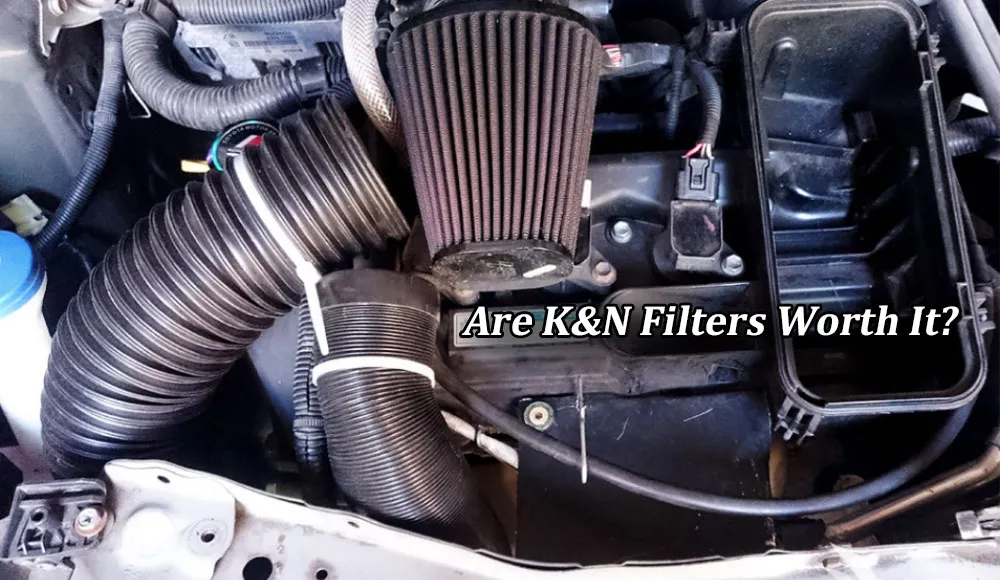As a car enthusiast and blogger, I’ve always been intrigued by the longevity of iconic cars, particularly the Ford Mustang. Known for its roaring engines and stunning designs, the Mustang isn’t just a muscle car; it’s a piece of automotive history.
But beyond its aesthetic and performance, an important question lingers in the minds of potential owners and enthusiasts alike: How long can a Mustang last?
In this post, I aim to explore this question, drawing on historical data, maintenance tips, and real-world experiences.

Mustang’s Historical Durability
A Legacy of Strength
The Ford Mustang has a rich history that dates back to the 1960s. Over the years, it’s earned a reputation for being a durable and reliable car. I’ve come across numerous stories of Mustangs from the ’60s and ’70s still running smoothly today, a testament to their built-to-last nature.
Evolution of Endurance
With each new model, the Mustang has evolved in terms of technology and design. However, one constant has been Ford’s commitment to durability. Whether it’s a classic 1965 model or a modern Shelby GT500, the Mustang’s longevity remains one of its core strengths.
Factors Influencing Mustang Longevity
Engine and Performance: The Heart of the Matter
The engine is the heart of any Mustang. Its longevity greatly depends on the type of engine and how it’s maintained. For instance, the robust V8 engines in many Mustangs are known for their long-lasting performance when well-maintained.
Building to Last
Ford’s manufacturing quality and choice of materials also play a crucial role in a Mustang’s lifespan. The use of high-quality metals and components contributes significantly to its durability.
The Role of Maintenance
Regular maintenance cannot be overstated. A Mustang’s lifespan is greatly influenced by how often it receives care, from oil changes to tire rotations and beyond.
Maintenance Tips for Extending Mustang Life
Keeping Up with Routine Maintenance
Routine maintenance is key to extending the life of a Mustang. Regular oil changes, brake checks, and engine inspections are essential. As a Mustang owner, I’ve found that sticking to the recommended maintenance schedule in the owner’s manual makes a huge difference.
Addressing Wear and Tear
Wear and tear are inevitable, but addressing issues promptly can prevent bigger problems down the road. This includes replacing worn-out tires, brake pads, and keeping an eye on the transmission fluid.
Quality Matters
Using high-quality parts and fluids can extend your Mustang’s life. Cheap alternatives might save money in the short term but can lead to costly repairs later.
Real-world Owner Experiences
Tales of Mustang Longevity
I’ve spoken to numerous Mustang owners who boast impressive mileages on their odometers. Some have crossed the 200,000-mile mark and still run like a dream. These stories not only showcase the Mustang’s potential for longevity but also highlight the owners’ commitment to regular maintenance and care.
Learning from the Community
The average lifespan of a Mustang varies, but with proper care, many can last well beyond the 200,000-mile mark. The key factors contributing to their longevity include regular maintenance, gentle driving habits, and timely repairs.
Comparing Mustang Longevity to Other Cars
Mustang vs. Other Muscle Cars
When compared to other muscle cars, the Mustang holds its own in terms of longevity. Its combination of robust engineering and widespread availability of parts gives it an edge over many of its contemporaries.
A Worthy Competitor in the Automotive Market
In the broader automotive market, the Mustang stands out for its durability. While it may not match the longevity of some economy cars known for their high-mileage capabilities, it certainly sets a high standard for performance vehicles.
Conclusion
In conclusion, the longevity of a Ford Mustang is influenced by a variety of factors, from its build quality and engine type to how well it’s maintained. As an iconic muscle car, it offers more than just power and style; it brings a promise of endurance, provided it’s cared for properly. For potential buyers and Mustang enthusiasts, understanding these factors is key to appreciating not just what the car can do now, but what it can continue to do for years to come. Whether it’s a classic model from the ’60s or a modern powerhouse, a well-maintained Mustang can be a loyal companion on the road for a remarkably long time.


